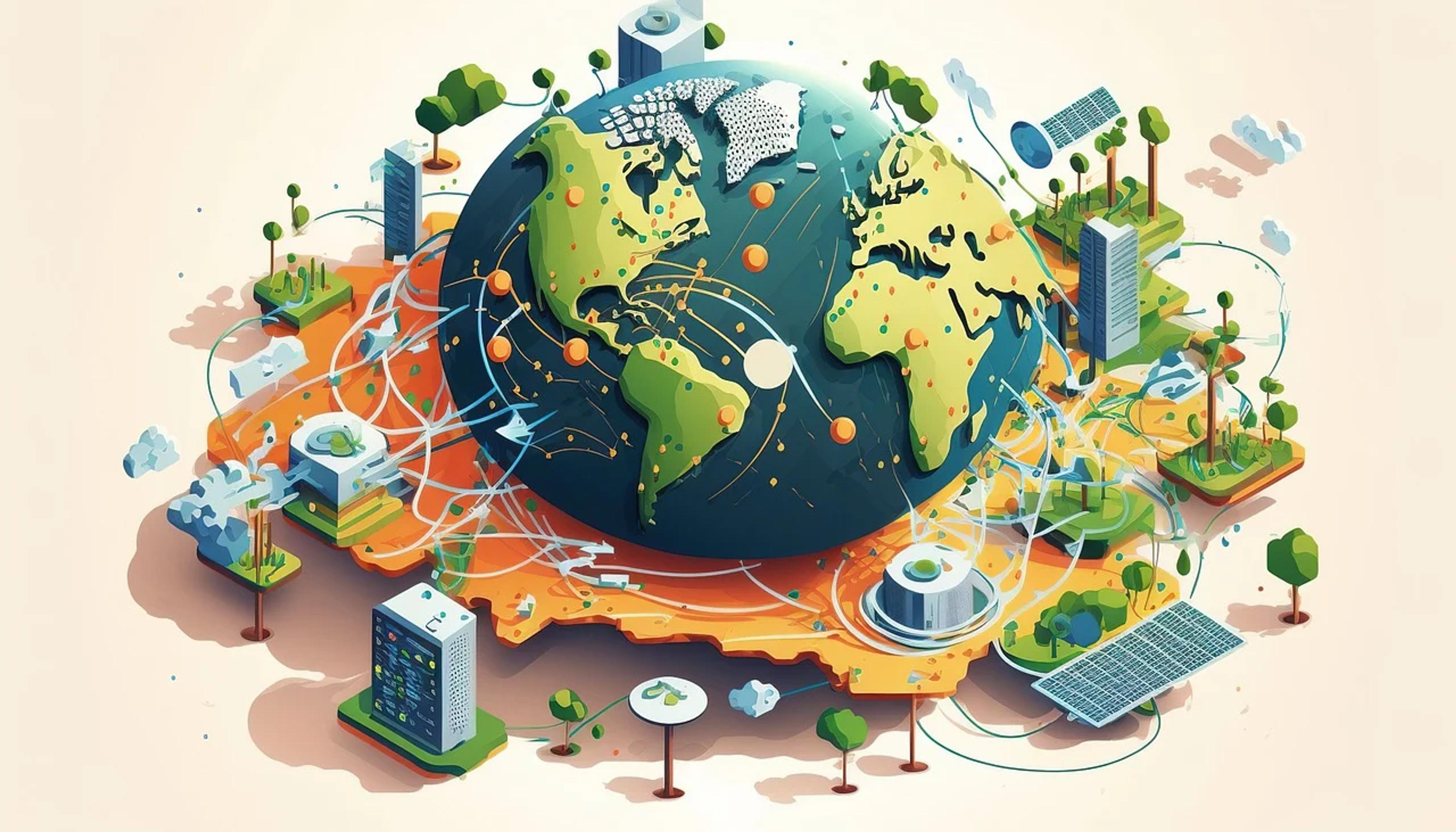In this digital era, the Internet of Things (IoT) plays a significant role in our day-to-day lives. It is basically a network of devices that are connected through sensors, software, and the internet. As a result, these devices can store and share data easily. In simple words, these physical things are called smart objects which provide you with better work and efficiency, making your lives easier. It starts with simple smart televisions, smart watches, and smart thermostats to well-developed products in many transportation and medical systems. These devices can be connected with each other, and even smartphones, aiding us in monitoring several things without having to be physically present there. This blog will help you understand what purpose it exactly serves in the healthcare industry.
What is IoT?
Healthcare IoT helps provide high-quality care through advanced services. Often known as IoMT (Internet of Medical Things), this is one of the fastest-growing sectors that is taking our healthcare system to a whole new level. A basic example of IoMT is the remote patient monitoring that we all are aware of. Just like smart watches, our medical institutions have devices and wearables that can help them collect patient data like heart rate. IoMT helps in having a secure check over the patients while also letting them not be confined within the walls of a hospital all the time. Not only does this method help in shortening their hospital stay, but it also makes monitoring and consultation easier for doctors and physicians. In a way, IoT ensures all people involved in healthcare are benefitted.
Why IoT Matters
There is a reason why IoMT is one of the leading services in the field of the Internet of Things. It is a boon for patients, their families, hospitals, insurance companies, and more. Besides the monitoring facilities, numerous advances in the field could make healthcare more accessible and easily processed. For instance, hospitals can track their equipment’s locations in real-time which will help them plan things perfectly. Likewise, hospitals can also keep track of asset management. In similar patterns, IoMT(Internet of Medical Things) even aids insurance companies who can use the monitored data for claims operations. These are only a few benefits of the Internet of Things, which can redefine healthcare in the future.
Here are some of the major advantages of IoMT:
- Reduction in errors – With IoMT, we can reduce numerous errors, especially those caused by wrong data analysis. The data generated through the devices can be easily recorded and analyzed, so physicians and management can make better decisions that smoothen the process.
- Better treatment – Since the evidence and data analysis are much clearer now, doctors can make quicker and more evidence-based decisions.
- Cost-efficiency – The use of IoMT-like monitoring devices reduces re-admission and lessens the workload for doctors. It is a win-win situation, reducing costs and expenses for both patients and management.
Real-World Example
There are numerous examples of IoT in action in healthcare services. Some of the prominent examples would be robotic surgery, IoT-connected inhalers, monitoring of glucose levels, Parkinson’s disease, and more. In fact, healthcare providers even provide “Mood-aware” IoT devices that help in monitoring an individual’s general mood. It is done by collecting their heart rate, blood pressure and other details, and the device can analyze their mood based on these data. Some advanced devices even track eye movement to monitor their mental state. A real-world example that helped serve hundreds of people while the hospital systems across the world were trying to figure out treatment plans during the pandemic is telehealth operations. For instance, at Providence St. Joseph’s Health in Seattle, a basic telehealth operation method was implemented during COVID-19 to keep track of people’s health conditions who either tested positive or were awaiting their results. This method helped doctors prioritize treatment for those who required in-hospital care with supplemental oxygen, while also monitoring others who were in home quarantines, ensuring everyone was able to avail proper treatment.
Conclusion
The challenges in IoMT or healthcare IoT aren’t fewer. Like every digital service, there are chances for data security and the implementation of several methods might be complicated. However, with proper security systems in place, IoT healthcare has the potential to ensure that patients are treated in real-time and their health is monitored effectively.
About Charishma Tammana
GDSC IARE Lead 2023-24
